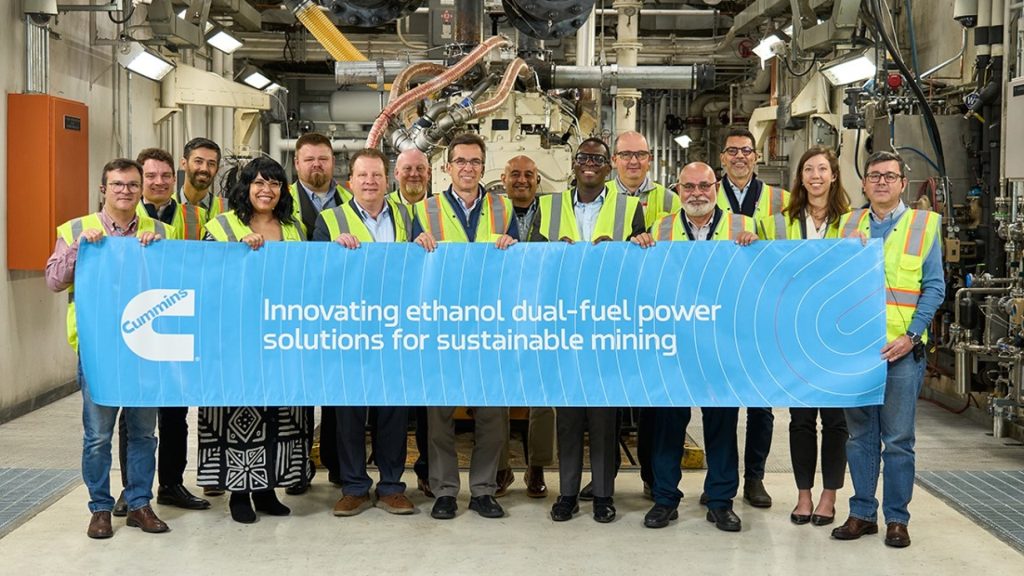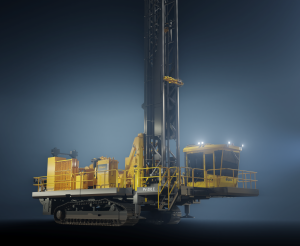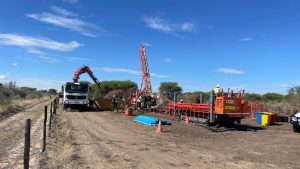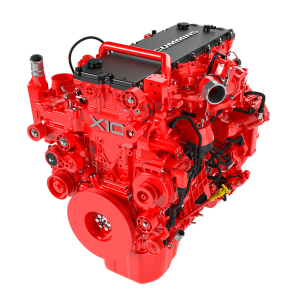Cummins, a global leader in power technology, has announced the successful commissioning of advanced low carbon fuel test cells, marking a significant milestone in its joint project with Vale and Komatsu to develop an ethanol/diesel-powered surface mining haul truck aimed at reducing greenhouse gas emissions. This achievement underscores the companies’ shared commitment to decarbonizing the mining sector and advancing sustainable energy solutions.
Announced in July 2024, the dual fuel program aims to retrofit existing diesel engines in Komatsu haul trucks to operate on both ethanol and diesel, significantly enhancing sustainability. These modified 230–290-ton haul trucks – the first vehicles of this size to run on ethanol in the tank – will be able to use up to 70% ethanol, potentially lowering CO2 emissions footprint by up to 70%.
“Ethanol/methanol diesel dual fuel systems offer significant benefits to the mining industry, including the realization of up to ~70% decarbonization – lowering carbon dioxide, nitrogen oxides, and particulate matter – while continuing to meet comparable productivity and performance requirements,” said Luke Mosier, Cummins Innovation Program Leader. “More than that, miners who utilize alternative fuels can utilize their existing infrastructure and leverage their current fleet, facilities and personnel.”
QSK60 Engine testing is expected to run until 2026 before field tests begin at Komatsu’s facilities.
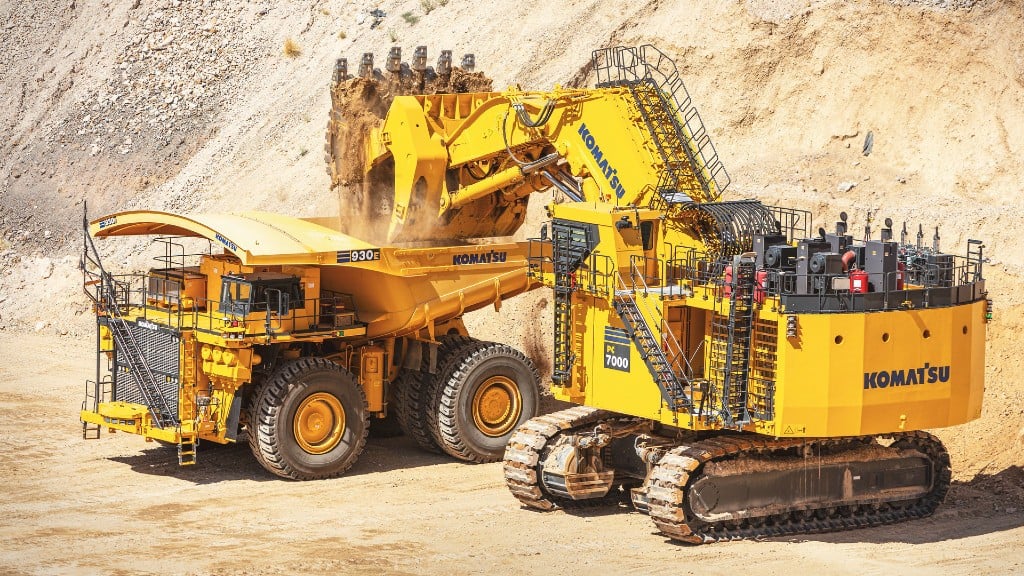
Progress by Partnerships
“At Cummins, we’re committed to advancing practical, sustainable solutions that support the energy transition,” said Gbile Adewunmi, Vice President of Industrial Markets – Power Systems Business. “Our work in enabling low-carbon fuel pathways—like ethanol dual-fuel technology—demonstrates our dedication to reducing emissions while delivering reliable performance for our customers and partners.”
Carlos Medeiros, Vale’s Executive Vice President of Operations, added: “We continue to make progress on our decarbonization projects, reinforcing Vale’s commitment to this issue. Ethanol is a priority input to achieve our goal of reducing the use of diesel in our operations while keeping reliability and operational excellence.” Vale has set a target of reducing its scope 1 and 2 greenhouse gas emissions by 33% by 2030. Among mine equipment, the haul truck is one of the biggest consumers of diesel and therefore a major emitter of greenhouse gases. The election of ethanol as an alternative to diesel is justified because it is already a widely adopted fuel in Brazil, with an established supply network.
“Our ongoing dual fuel project, developed in close collaboration with Cummins and utilizing a blend of ethanol and diesel, is an important bridge technology aimed at supporting Vale’s near-term decarbonization goals,” said Dan Funcannon, Senior Vice President, Surface Haulage, Komatsu.“This initiative reflects our shared commitment to practical, scalable solutions that advance sustainable mining. The launch of the dedicated test cell is an exciting milestone as we continue to develop and deploy low-carbon technologies for the future of haulage.”
Ricardo Alexandre, Vice President, Mining Business, Komatsu Brazil, added: “The dual fuel diesel-ethanol project, focused on operations in Brazil, is a significant step in advancing bridge technologies that support the decarbonization of mining. By combining diesel and ethanol, we aim to achieve meaningful results in the short term—results that can drive real change on the ground. More than a technological milestone, this initiative deepens the relationship of trust between Komatsu, Vale, and Cummins, and reinforces our shared commitment to a more sustainable future.”
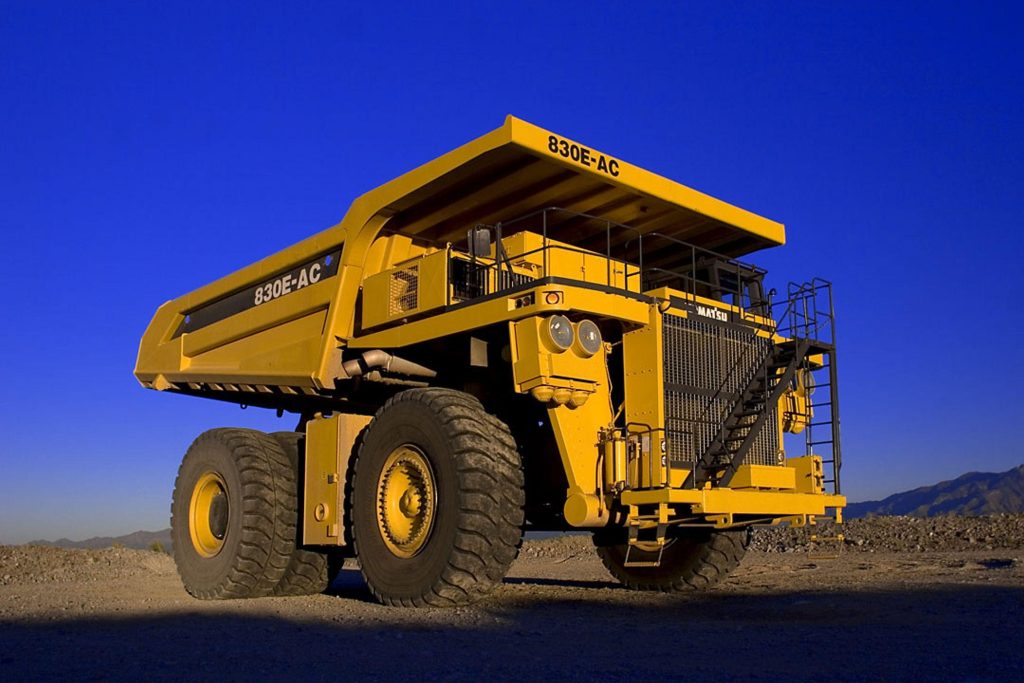
Innovation in Low-Carbon Fuels
The new advanced low carbon fuel test cells at its Seymour, Indiana Engine Plant showcase continued investments by Cummins in fundamental research facilities and internal capabilities designed to support its decarbonization programs and drive advancements in carbon-reducing technology and innovations that move the industry closer toward carbon neutral power systems.
“We are excited to bring this dual fuel test cell online, as part of our Dual Fuel Engine Development Program that reinforces our commitment to collaborating with OEMs and mining companies in the development and testing of bridge technologies,” said Adewunmi. “By leveraging advanced technologies like low carbon test cells and our versatile test asset for power electronics, batteries, fuel cells, and hybrid systems, Cummins remains at the forefront of guiding miners toward carbon reduction both now and in the future.”
Cummins low carbon fuel test cells accommodate a wide range of high horsepower engines – from 38L to 95L fuel capacity – and ensure seamless transition of a variety of alternate fuel types for varied testing scenarios. The specialized facilities also maintain a high precision environment to deliver accurate emissions with reliable data and provide safe storage conditions to prevent contamination and maintain fuel quality.
For more information on Cummins Mining engines, visit www.cummins.com/mining.



